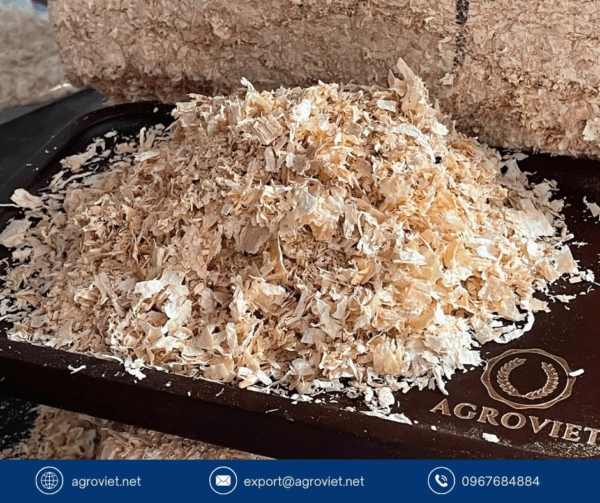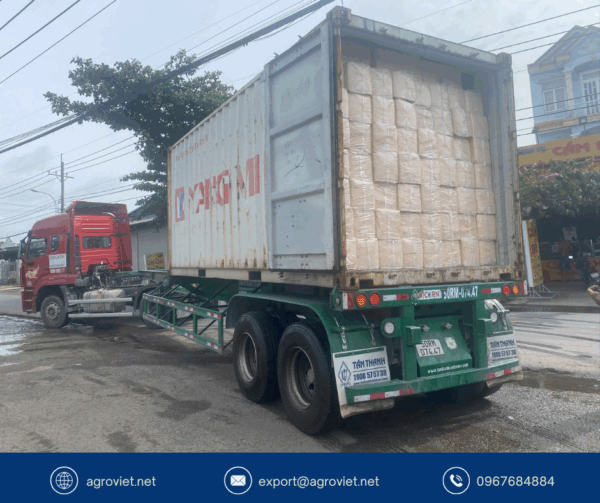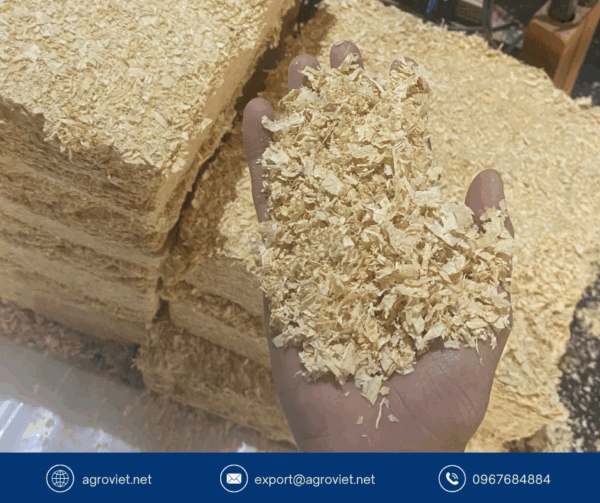Don’t Let Dirty Bedding Drain Your Dairy Profits – Invest in Clean Wood Pellets

Introduction to Bedding and Dairy Profitability
Dirty bedding in dairy barns is a hidden profit drain, fostering diseases like mastitis and lameness that reduce milk yield and increase costs. The Bullvine highlights that poor udder health, often linked to wet or soiled bedding, can cut milk production by 15–20%, while clean bedding can improve milk yield retention by 8–12%.
Wet bedding, such as straw or low-quality sawdust, harbors pathogens like Escherichia coli and Streptococcus uberis, leading to infections that cost farmers thousands. Clean wood pellets offer a dry, hygienic solution, reducing disease incidence and boosting return on investment (ROI) through higher milk yields and lower veterinary costs. This post explores how dirty bedding impacts dairy profits, the ROI of wood pellets, and practical steps to protect herd health.
Watch this: https://www.youtube.com/watch?v=N_7Vs9EZD84
The Cost of Dirty Bedding
Dirty bedding, saturated with urine, manure, or water, creates a breeding ground for pathogens that drive costly diseases. The MSD Veterinary Manual notes that wet litter, with moisture levels above 30%, supports bacterial loads of 10^6 CFU/g, increasing mastitis and lameness risks by 20–30%. Mastitis alone costs $200–$300 per cow, as per LLM Farm Vets, due to treatment, discarded milk, and yield losses. For a 100-cow herd with a 30% mastitis incidence, annual losses reach $6,000–$9,000.
Dirty bedding also contributes to hoof diseases like digital dermatitis, reducing productivity by 15–20% and adding $100–$300 per cow in treatment and culling costs. These expenses, combined with labor for frequent bedding changes, drain dairy profits significantly.
Health and Mortality Risks
Dirty bedding poses serious health risks to dairy cows, particularly mastitis and lameness, which compromise welfare and productivity. The MSD Veterinary Manual indicates that severe mastitis, often linked to E. coli or S. uberis in wet bedding, can lead to 5–10% mortality in untreated cases due to sepsis or systemic infections. Chronic lameness from hoof diseases like foot rot, exacerbated by moist litter, results in 10–15% mortality or culling in severe outbreaks.
Subclinical mastitis, with high somatic cell counts (SCC), reduces milk yield by 2.5% per 100,000 SCC increase above 200,000, impacting long-term profitability. These health issues, driven by poor bedding hygiene, increase mortality and reduce herd longevity, further eroding farm revenue.
Economic Impact of Dirty Bedding
The economic toll of dirty bedding is substantial. The Bullvine reports that mastitis-related yield losses cost $125–$200 per cow annually, with a 100-cow herd facing $12,500–$20,000 in losses. Veterinary treatments, including antibiotics ($36–$100 per case) and diagnostics ($50–$200), add $1,000–$3,000 per outbreak. Culling costs, averaging $1,000–$2,000 per cow, further escalate expenses, with 5–10% of affected cows removed annually.
Dirty bedding also reduces milk quality, leading to SCC penalties of 8–10% on milk revenue, as noted by Hoard’s Dairyman. For a 100-cow herd producing 2 million pounds of milk annually at $0.20 per pound, this equates to $32,000–$40,000 in lost income. Poor bedding hygiene thus drains profits through direct and indirect costs.
How Dirty Bedding Drives Disease
Wet, soiled bedding fosters pathogens by maintaining high moisture levels and organic matter. The MSD Veterinary Manual explains that E. coli, S. uberis, and Fusobacterium necrophorum thrive in damp litter, increasing mastitis and lameness incidence. Ammonia from decomposing manure irritates udders and hooves, creating entry points for bacteria through micro-abrasions. Wet bedding also attracts flies, raising the risk of flystrike, which can lead to secondary infections.
The Bullvine notes that poor bedding hygiene increases mastitis cases by 20–30%, with each case reducing milk yield by 10–15%. These conditions perpetuate a cycle of infection, treatment, and loss, undermining dairy profitability.
The ROI of Clean Wood Pellets
Investing in clean wood pellets yields an impressive ROI by reducing disease incidence and boosting milk yield retention by 8–12%, as per The Bullvine. A 1-ton pallet of wood pellets ($220) lasts 2–3 months for a 10-cow stall, costing $880–$1,320 annually for a 100-cow herd. Straw, at $50–$100 per ton, requires replacement every 1–2 weeks, costing $1,200–$3,600 annually. Wood pellets absorb up to 400% of their weight in moisture, keeping litter below 20% moisture and reducing pathogen survival by 20–30%.
This lowers mastitis incidence from 30 to 20–23 cases per 100 cows, saving $2,000–$3,000 in treatments and $4,000–$6,000 in yield losses. For a 100-cow herd producing 2 million pounds of milk, an 8–12% yield retention adds $32,000–$48,000 in revenue, yielding an ROI of 2,400–3,600% on bedding costs.
Promoting Herd Health with Wood Pellets
Wood pellets, made from compressed, heat-treated sawdust, are an ideal bedding choice for dairy cows. Their high absorbency maintains a dry environment, inhibiting pathogens like E. coli and S. uberis. Heat treatment ensures low microbial loads, reducing initial contamination risks.
When spread as a 1–2 inch layer and wetted to expand into 4–6 inches, wood pellets provide a soft, hygienic surface that supports udder health and reduces stress. The Bullvine highlights that farms using clean bedding achieve mastitis rates as low as 15–20 cases per 100 cows, compared to the industry average of 30–40 cases, improving milk yield and cow longevity.
Cost-Benefit Analysis
For a 100-cow herd, dirty bedding leads to mastitis and lameness costs of $12,500–$20,000 annually, including $2,000–$3,000 in treatments, $4,000–$6,000 in yield losses, and $1,000–$2,000 in culling. Wood pellets, costing $880–$1,320 annually, reduce disease incidence by 20–30%, saving $1,400–$2,100 in treatments and $3,200–$4,800 in yield losses.
The 8–12% milk yield retention adds $32,000–$48,000 in revenue, totaling $36,600–$54,900 in savings. Reduced culling saves $1,000–$2,000 per cow, and lower labor and disposal costs add $600–$2,600 annually, as per the University of Maine Cooperative Extension.
Long-Term Economic Advantages
Wood pellets offer lasting economic benefits by reducing disease recurrence and improving herd performance. The Bullvine notes that clean bedding minimizes subclinical mastitis, preserving milk quality and avoiding SCC penalties of $32,000–$40,000 annually for a 100-cow herd. Lower antibiotic use, saving $8.60 per cow annually, aligns with regulations and supports market access.
Reduced mortality (from 5–10% to 2–5%) and culling save $1,000–$2,000 per cow, while improved cow longevity boosts lifetime milk production. These benefits compound, with farms reporting $10,000–$20,000 in annual savings for a 100-cow herd, enhancing long-term profitability.
Practical Tips for Bedding Management
Farmers should spread 3–5 bags (40 lbs each) of wood pellets per 10×10 stall, adding water to expand into a 4–6 inch layer, and top up with 1–2 bags weekly. Daily cleaning removes soiled litter, preventing pathogen buildup, as recommended by the MSD Veterinary Manual.
Ventilation providing 6–8 air changes per hour maintains dryness, while storing pellets in a dry area prevents mold. Sourcing from reputable suppliers ensures low-dust, non-toxic pellets, optimizing health benefits and reducing labor costs.
Complementary Prevention Strategies
Beyond wood pellets, farmers can implement SCC testing ($50–$200 per test) to detect subclinical mastitis early, saving $110 per cow annually in yield losses. Iodophor-based teat dips and sanitized milking equipment, as per The Bullvine, prevent pathogen spread. Nutritional adjustments, like reducing salt in dry cow diets, support udder health, while vaccines like Startvac reduce S. uberis infections. Regular health monitoring and selective dry cow therapy minimize antibiotic use, aligning with regulations and saving $8.60 per cow annually.
Welfare and Regulatory Benefits
Wood pellets enhance cow welfare by reducing mastitis and lameness-related pain, aligning with ethical farming standards. Lower disease rates decrease antibiotic use, meeting consumer demand for sustainable production and avoiding regulatory penalties. The Bullvine emphasizes that clean bedding supports udder health, improving cow comfort and market competitiveness. Reduced culling saves $1,000–$2,000 per cow, enhancing farm reputation and profitability.
Addressing Bedding Management Challenges
Wood pellets cost more upfront ($220 per ton) than straw ($50–$100), but their durability reduces replacement frequency, saving $600–$2,600 annually for a 100-cow herd. Daily cleaning and proper storage prevent mold, ensuring hygiene. Reputable suppliers provide high-quality pellets, minimizing dust and toxins. These practices make wood pellets a practical, cost-effective solution for disease prevention and profit retention.
Conclusion
Dirty bedding drives mastitis and lameness, costing $12,500–$20,000 annually for a 100-cow herd, with 5–10% mortality in severe cases and 15–20% productivity losses. Clean wood pellets, costing $880–$1,320 annually, reduce disease incidence by 20–30% and boost milk yield retention by 8–12%, yielding an ROI of 2,400–3,600% through $36,600–$54,900 in savings.
Supported by The Bullvine and MSD Veterinary Manual, wood pellets create a dry, hygienic environment, minimizing pathogen growth and enhancing welfare. By adopting clean bedding and complementary strategies, farmers can protect dairy profits, reduce mortality, and achieve sustainable operations.
Read more: https://vietnambestwood.com/en/wood-shavings-healthy-poultry-stables/
